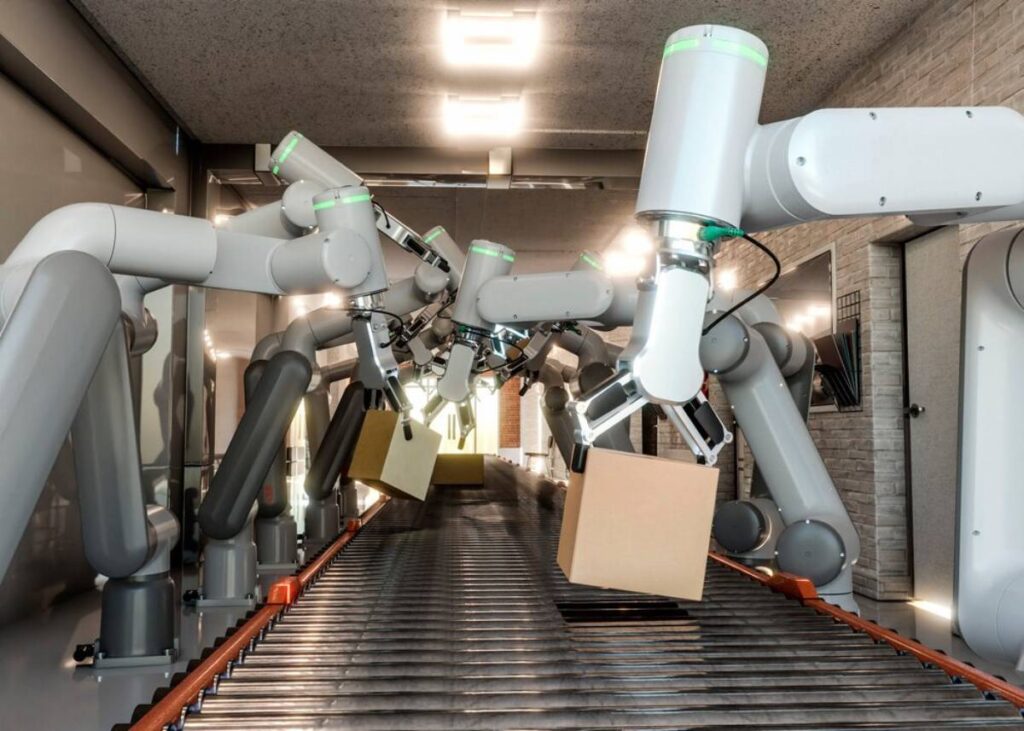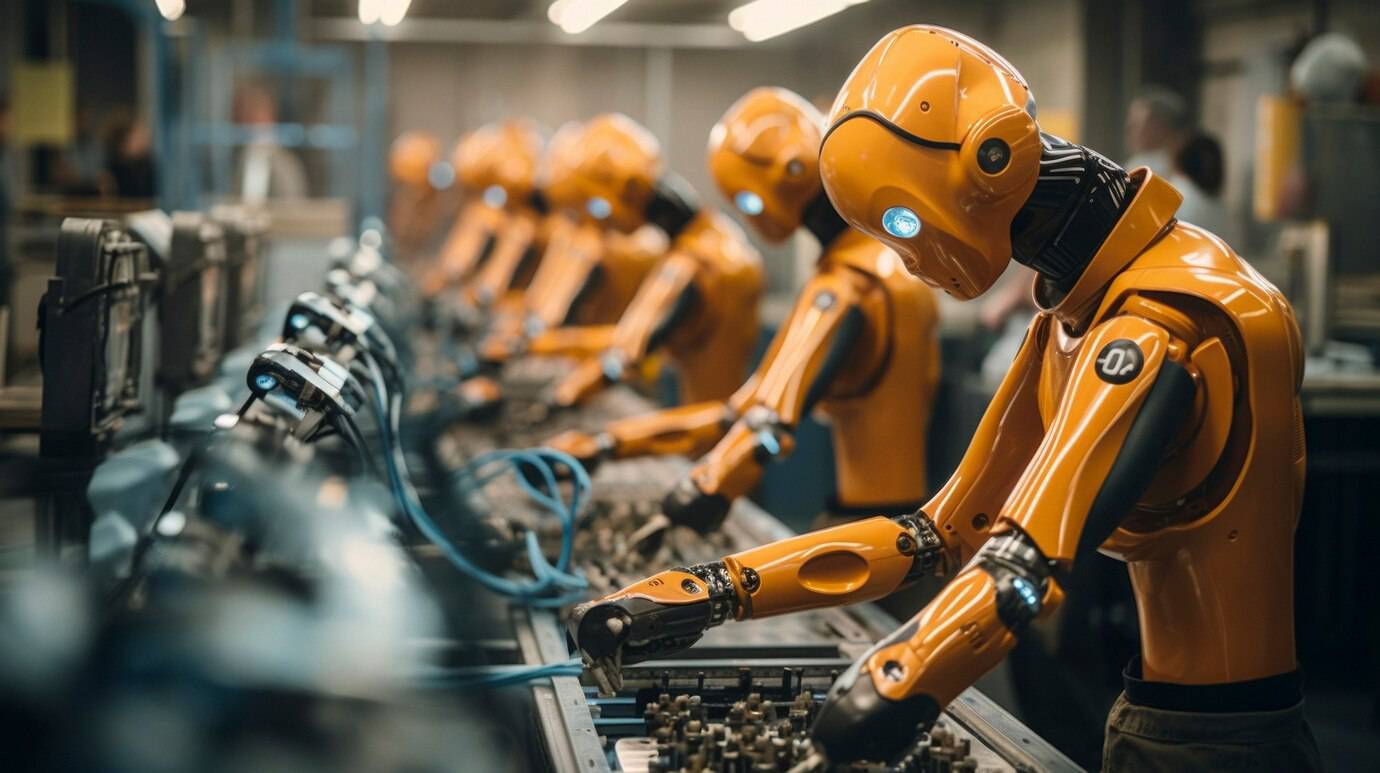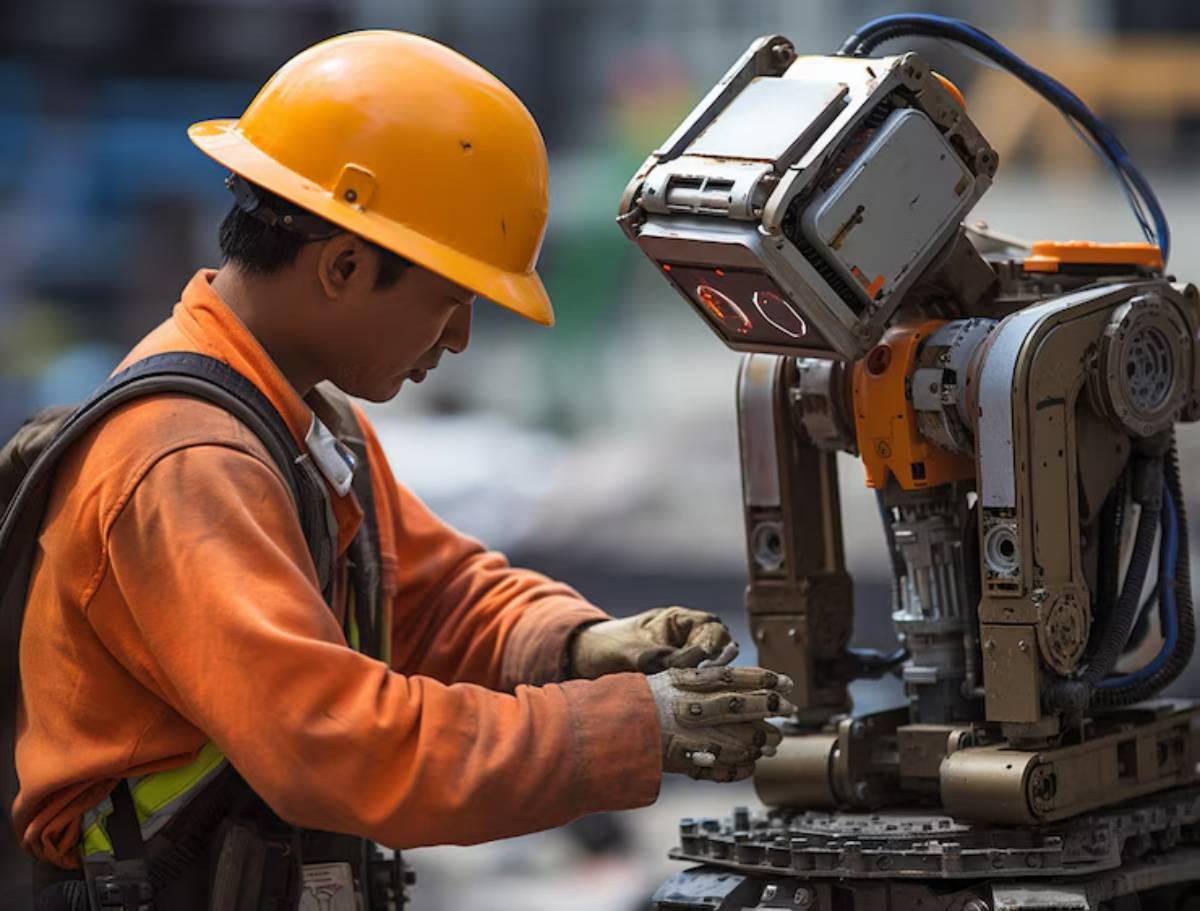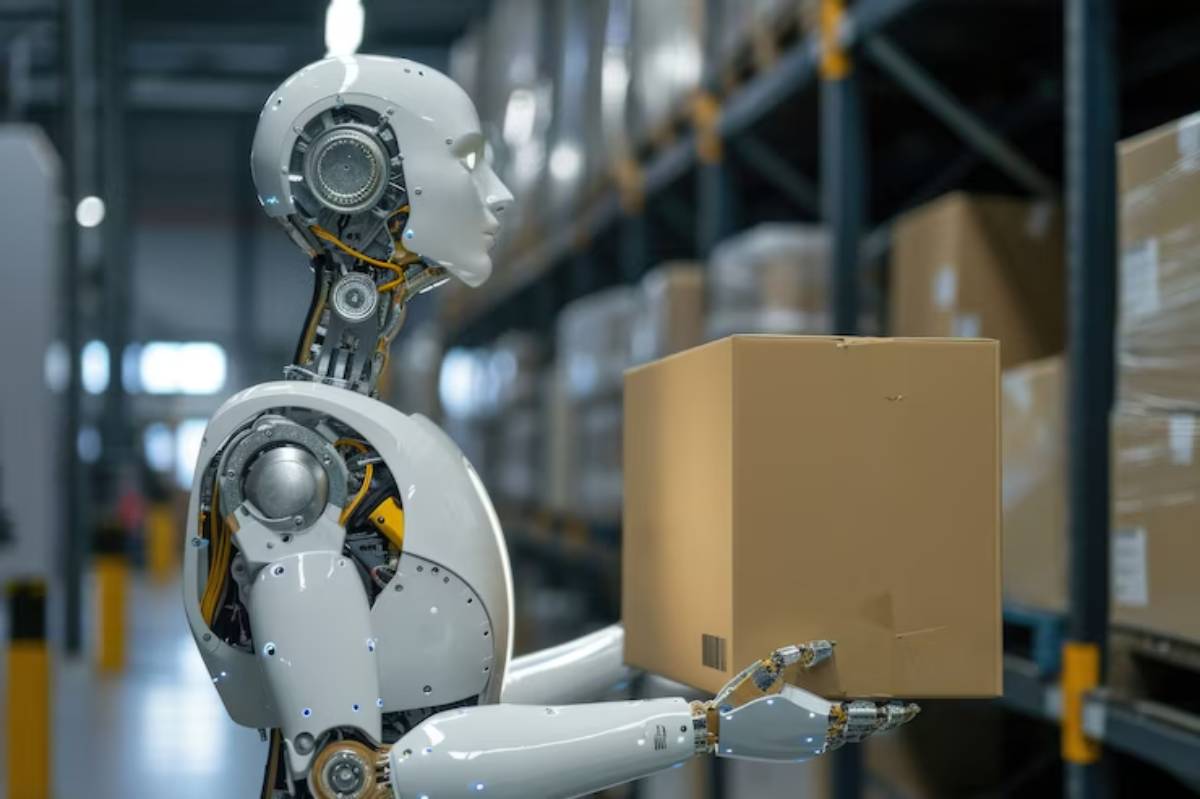The Technology Blog

The Role of Robotics in Modern Manufacturing
Modern manufacturing is no longer what it used to be. Gone are the days of purely manual labour and repetitive tasks. Today, robots are at the heart of most production lines. Whether it’s building cars, assembling electronics, or packaging goods, robotics in manufacturing is playing a key role.
Robotic systems are now faster, smarter, and more precise than ever. They help companies work more efficiently, reduce costs, and improve product quality. Automation with robotics is changing manufacturing from small factories to global production sites.
This article looks at how robotics is used in today’s manufacturing. It covers the benefits, applications, and the future of robotics in this field.
What Are Manufacturing Robots?

Manufacturing robots are machines designed to perform specific industrial tasks. These can include welding, painting, assembling, picking and placing products, and more. They are often used in environments that require speed, accuracy, and consistency.
There are different types of robots in manufacturing:
- Articulated robots – With flexible arms that mimic human movement.
- SCARA robots – Ideal for pick-and-place tasks.
- Cartesian robots – Known for precise linear movement.
- Collaborative robots (cobots) – Designed to work safely alongside human workers.
Each type serves a specific purpose, depending on the production need and the nature of the work.
Why Robotics Is Crucial in Today’s Manufacturing
1. Increased Productivity
One of the biggest advantages of robotics in manufacturing is higher output. Robots can work 24/7 without breaks, fatigue, or errors. They handle repetitive tasks much faster than humans. This helps factories meet growing demand without compromising quality.
2. Better Quality and Precision
Robots follow exact programming instructions. This means there is less variation in product quality. In fields like electronics and automotive manufacturing, precision is key. Robots help maintain consistency.
3. Cost Efficiency in the Long Term
While the initial investment in robotics may be high, it pays off over time. Robots reduce labour costs, minimise waste, and lower the chances of errors that lead to expensive rework.
4. Safer Work Environments
Some manufacturing processes can be dangerous. They often include tasks like handling heavy materials or working with hazardous chemicals. Robots can take over these tasks, keeping human workers safe. Collaborative robots can even work closely with humans without causing harm.
5. Data and Automation Integration
Modern robots can be integrated into digital systems that track performance and collect data. This helps factories monitor efficiency, spot issues early, and make informed decisions.
The Role of AI in Robotic Manufacturing
Artificial Intelligence is helping robots become smarter and more responsive. AI robots learn from experience. They adapt to new conditions and can spot faults before they become issues.
For example:
- Predictive maintenance: AI analyses performance data. It alerts operators before a machine fails.
- Quality control: Robots can use computer vision to inspect products in real-time.
- Adaptive automation: Machines can change their movements based on the object they handle or the task they do.
AI is expanding what robots can do. It makes automation smarter and more flexible.
Applications of Robotics in Manufacturing
Robotics plays a big role in many manufacturing industries. These include automotive, electronics, food processing, pharmaceuticals, and metal fabrication. Here are some common applications:
Automotive Industry
Car manufacturers were among the first to adopt robotics. Robots are now used for welding, painting, and assembling car parts. They speed up production while maintaining high standards of quality and safety.
Electronics Manufacturing
Building electronic devices like smartphones and circuit boards requires delicate and precise work. Robots handle small components, place them with accuracy, and test devices for faults.
Food and Beverage
Robots are used for sorting, packing, and inspecting food products. They help maintain hygiene standards and improve packaging efficiency in fast-moving production lines.
Pharmaceutical Industry
In medicine manufacturing, robots assist with measuring, mixing, and packaging. They reduce the risk of contamination and ensure that the correct doses are always followed.
Metal and Heavy Equipment
Robotic arms can lift, cut, and weld heavy metal parts with ease. They reduce the need for manual handling and speed up the fabrication of machinery and tools.
Human and Robot Collaboration

The rise of collaborative robots—or cobots—marks a shift in how we think about robotics. Instead of replacing human workers, cobots are designed to work with them. They assist with lifting, holding, or assembling. Meanwhile, humans take care of the complex or decision-making parts of the job.
This collaboration improves productivity and worker satisfaction. Employees are less likely to suffer from repetitive strain injuries or fatigue. Instead, they can focus on tasks that require problem-solving or creativity.
Challenges of Using Robotics in Manufacturing
Robotics offers many benefits, but it also presents challenges for manufacturers to consider:
High Initial Investment
Setting up robotic systems requires capital for machines, training, and system integration. Small businesses may struggle to justify the upfront cost.
Workforce Upskilling
With more robots on the floor, workers need to be trained in programming, maintenance, and operation. There is a growing need for technical skills in the manufacturing sector.
Limited Flexibility
While robots excel at repetitive tasks, they may not adapt quickly to changes in production. Reprogramming and setting up new tasks can take time and require expertise.
Maintenance and Downtime
Robotic systems require regular maintenance to prevent breakdowns. If a robot malfunctions, it can disrupt the entire production line.
Future Trends in Robotic Manufacturing
The future of robotics in manufacturing looks promising. Here are some key trends:
Smarter Cobots
Cobots will continue to evolve with better sensors and learning capabilities. They’ll be able to handle more complex tasks and work even more closely with human teammates.
Modular Robotics
Picture a future where robots exchange parts like puzzle pieces. These machines feature plug-and-play modules instead of rigid frameworks. Manufacturers can quickly customise robots for specific needs and adapt quickly as new products arrive.
Greater Accessibility for Small Manufacturers
As technology gets cheaper, small businesses embrace automation. This change levels the playing field. Now, they can compete globally. Automation isn’t just for big companies anymore; it’s available to all entrepreneurs.
Integration with IoT and Cloud Systems
Imagine a world where robots talk to clouds and IoT devices. This connection enables real-time tracking, remote updates, and easy communication. With better coordination, production networks run smoothly, boosting efficiency.
Conclusion: A New Era of Manufacturing

Robotics in manufacturing is not just a trend—it’s a key part of the industry’s future. Robots are changing factory floors worldwide. They boost productivity, improve safety, and enhance accuracy.
But the future isn’t about replacing people. It’s about smart collaboration between humans and machines. As automation gets better and cheaper, businesses of all sizes can gain from it.
For workers, this means learning new skills and working in safer, more engaging roles. For businesses, it means staying competitive in a fast-changing world.
Robotics is changing manufacturing for the better. It’s faster, smarter, and more efficient than ever.









